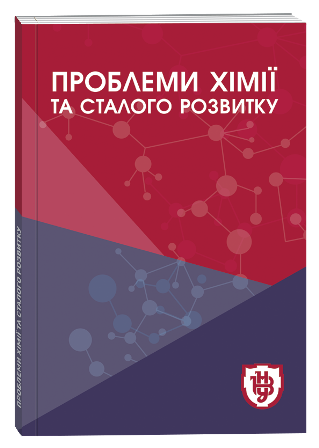THE STATE OF RECREATION AREAS OF RIVNE
DOI:
https://doi.org/10.32782/pcsd-2022-1-3Keywords:
green plantations, tracts, parks, public garden, boulevard, city gardens, recreation, SMART criteriaAbstract
In the article there was done analysis of the state of green plantations in the city of Rivne which are divided into objects of common use, such as parks, city and public gardens, boulevards along the streets, pedestrian roads; areas of limited use which include territories near housing space, children’s institutions, schools, higher educational establishments, sports grounds, medical institutions, industrial areas, storehouses; areas of special purpose including plantations along highways and streets, water and wind protection zones, antierosion plantations, cemetry plantations, arboreta, sanitary protections of enterprise areas. The most attractive one among six parks in the city is Taras Shevchenko Park, the area of which is 32 ha, green plantations are represented there by 160 species, 64 of them are introductive. All the other parks covering the area from 6 to 37ha are represented by monoaged thin plantations. Some of them are located in groups. Among middle-sized cities Rivne is characterized by small area of green plantations and has 22,9m of them per person, through Lutsk has 28,8 m per person, Ivano-Frankivsk – 47,9m. In order to improve ecological state of Rivne it is recommended to extend the area of green tracts and plantations planting trees, bushes in water protection zones of water objects, territories of educational establishments and newly-built housing spaces, which will correspond to the criteria of SMART, up to 29,0m per person. First of all, the proposed recommendations meet the criteria, namely: specificity (approximation of the area of green areas and plantations to the maximum possible); measurability (it is planned to extend the area of green areas and plantations by 150 hectares); reachability (availability of areas for planting trees in the city); expediency (will help reduce the prevalence of diseases among population); certainty in time (annual actions within the years 2021-2026).
References
Кучерявий В.А. Природная среда города. Львов: Вища школа, 1984. 144 с.
Кучерявий В.П. Урбоекологія: підручник. Львів: Світ, 2001. 440 с.
Кучерявий В.П. Фітомеліорація: навчальний посібник. Львів: Світ, 2003. 540 с.
Чайка В.Є. Урбоекологія: підручник для студентів. Вінниця, 1999. 368 с.
Клименко М.О., Меліхова Т.Л. Довідник екологічного стану м. Рівного: навчальний посібник. Рівне: «Волинські Обереги», 2001. 144 с.
Мольчак Я.О., Клименко М.О., Фесюк В.О., Залеський І.І. Рівне: природа, господарство та екологічні проблеми: монографія. Рівне: НУВГП, 2008. 314 с.
Оцінювання стану міста Рівне за показниками цитогенетичного моніторингу : монографія / М.О. Клименко, Д.В. Лико, А.М. Прищепа, М.В. Каськів. Рівне: НУВГП. 2008. 314 с.
Клименко, М. О., Прищепа, А. М., Хомич Н. Р. Оцінювання стану міста Рівне за показниками еколого-соціального моніторингу : монографія. Рівне: НУВГП. 2014. 253 с.
Андропов О.М. Стан рекреаційного комплексу України. Економіка і Екологія. 2005. № 24. С. 21–25.
Роговський С.В. Сучасні проблеми створення та утримання зелених насаджень у населених пунктах України. Науковий вісник НЛТУ України. 2019. Т. 29, № 1. С. 9–15.







